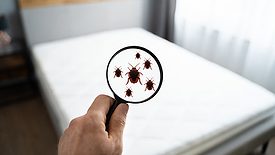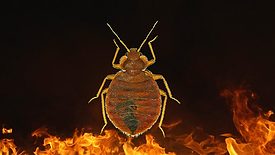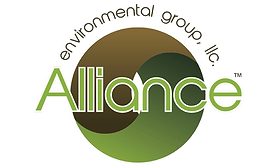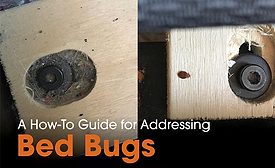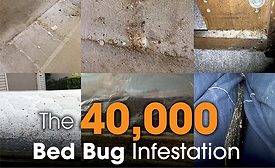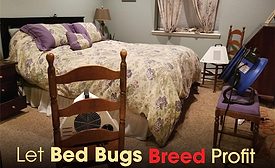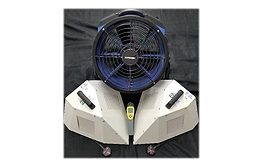Home » Keywords: » bed bug remediation
Items Tagged with 'bed bug remediation'
ARTICLES
Stay ahead of the curve with our eNewsletters.
Get the latest industry updates tailored your way.
JOIN TODAY!Copyright ©2025. All Rights Reserved BNP Media.
Design, CMS, Hosting & Web Development :: ePublishing
